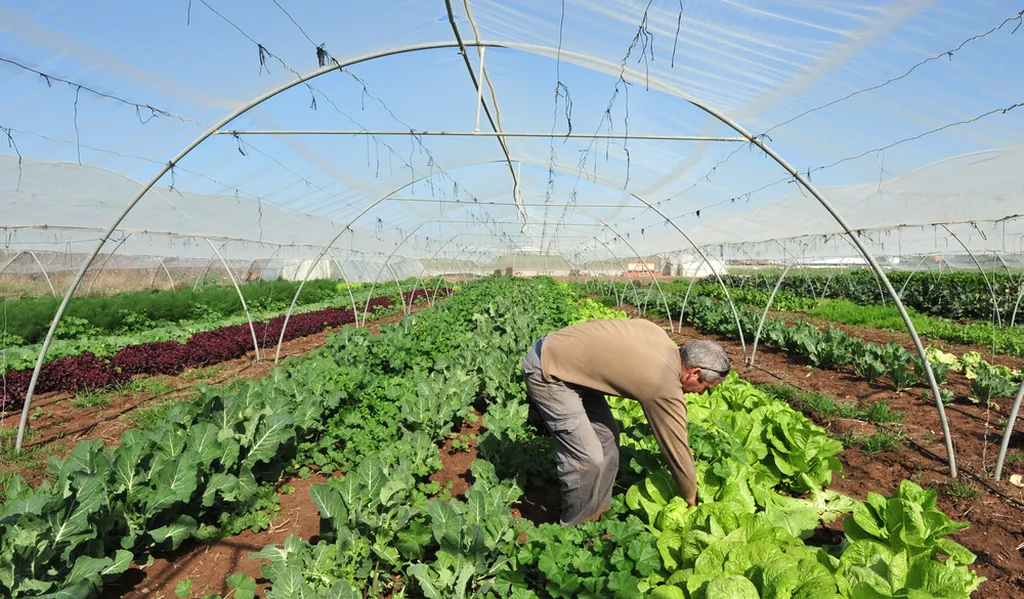In the heart of California, at the University of California Davis, a debate is brewing that could reshape the future of agriculture. Theodore M. DeJong, a professor in the Department of Plant Sciences, has published a commentary in the European Journal of Horticultural Science (which translates to the European Journal of Horticultural Science) that challenges the notion that we should abandon traditional agronomy in favor of agroecology. This isn’t just an academic squabble; it’s a discussion that could have significant commercial impacts on the energy sector and beyond.
Agronomy, the science of soil management and crop production, has long been the backbone of modern agriculture. It’s about incremental improvements, tweaking systems to make them more efficient, more productive, and more sustainable. Agroecology, on the other hand, is a more radical approach. It’s about creating biodiverse, complex plant communities that rely on natural processes for nutrients and pest control. It’s a shift from managing crops to managing ecosystems.
DeJong argues that both approaches have their merits. “The goals of both types of research are similar,” he says, “but the means for achieving the goals are significantly different.” He points out that while agroecology might seem like the more sustainable option, it’s not without its challenges. Developing entirely new biodiverse systems is complex and time-consuming, whereas agronomy offers more immediate, incremental improvements.
So, what does this mean for the future of agriculture? DeJong suggests that we shouldn’t abandon agronomy in favor of agroecology. Instead, we should recognize that both approaches are valid and can coexist. This could have significant implications for the energy sector, which is increasingly looking to agriculture for sustainable, renewable energy sources. By improving agronomic practices, we can make agriculture more efficient and productive, potentially freeing up more land for energy crops or other uses.
But DeJong’s commentary also serves as a reminder that agriculture is complex and multifaceted. It’s not just about maximizing yields or minimizing inputs. It’s about creating sustainable, resilient systems that can feed a growing population while also protecting the environment. As DeJong puts it, “Both approaches are valid, but more progress has been made with substitutionary agronomic approaches.”
This debate is far from over, and it’s one that will likely shape the future of agriculture in the years to come. As we grapple with issues like climate change, food security, and energy sustainability, the insights from DeJong’s commentary could prove invaluable. It’s a reminder that in the quest for sustainability, there’s no one-size-fits-all solution. Sometimes, the best approach is a combination of the old and the new, the incremental and the radical.

